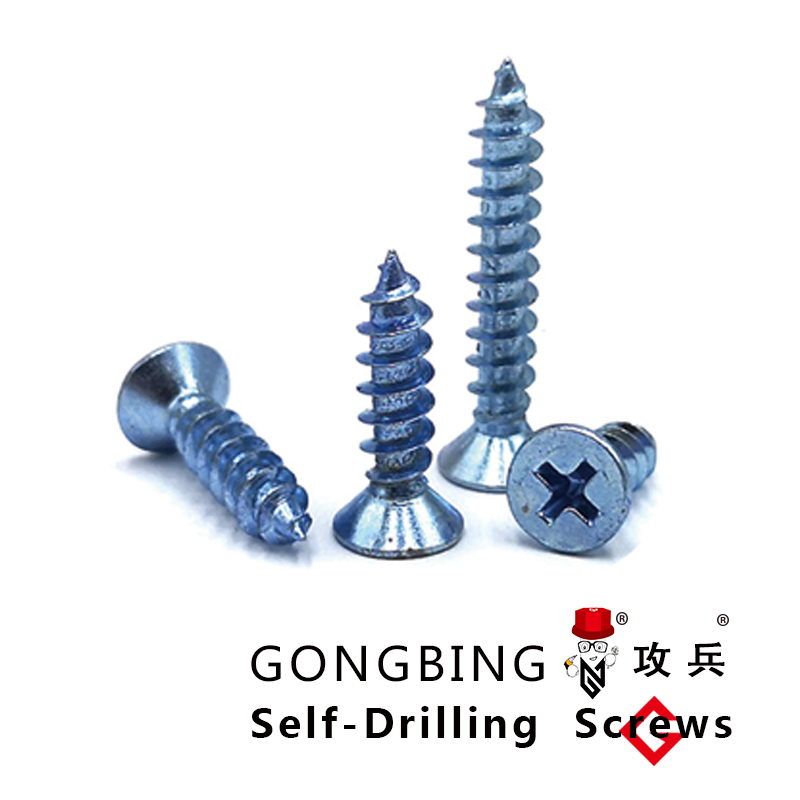wafer head screws
Understanding Wafer Head Screws An Essential Component in Modern Manufacturing
In the realm of mechanical engineering and manufacturing, the choice of fasteners plays a crucial role in ensuring the integrity and functionality of assemblies. Among the various types of screws available, wafer head screws stand out due to their unique design and practical applications.
Wafer head screws are characterized by their large, flat, and wide heads that provide an increased surface area for load distribution. This flat head design allows them to sit flush with the surface of the material being fastened. As a result, wafer head screws can be particularly advantageous in situations where a low-profile finish is required. They are commonly used in applications such as electronics, cabinetry, and panel assemblies, where aesthetics and structural integrity must be balanced.
One of the significant benefits of wafer head screws is their versatility. The larger head can accommodate a range of drive types, including Phillips, slotted, and Torx. This variety allows manufacturers and builders to select the best option based on the specific requirements of their projects. Moreover, their design reduces the risk of stripping the screw during installation, which can be a common issue with traditional screw heads.
Material selection is another crucial aspect of wafer head screws. These fasteners are available in several materials, including stainless steel, carbon steel, and various alloys. Stainless steel wafer head screws are particularly popular due to their corrosion resistance, making them suitable for outdoor and humid environments. This durability ensures that the fasteners maintain their holding power over time, which is vital for the reliability of any assembly.
wafer head screws

During installation, wafer head screws can be driven into a wide range of materials, such as wood, plastic, and metal. However, it is essential to select the appropriate screw length and diameter for the application to ensure optimal performance. Using a screw that is too short may lead to insufficient holding power, while a screw that is too long may cause damage to the material being fastened.
In terms of industry applications, wafer head screws are frequently utilized in the electronics sector. They are ideal for securing components within devices such as laptops, computers, and circuit boards, where space is limited, and a sleek appearance is essential. Similarly, in the furniture industry, these screws are used for assembling flat-pack furniture, providing a clean look without compromising strength.
Another notable feature of wafer head screws is their ease of removal. When disassembly is necessary, the flat head design allows for a straightforward extraction, minimizing the risk of damage to the screw or the material. This attribute makes them a preferred choice in applications where components may need to be frequently accessed or replaced.
In conclusion, wafer head screws are an invaluable fastening solution in various industries, offering a combination of aesthetic appeal, strength, and versatility. Their unique design allows for secure fastening in a wide array of materials, making them a favorite among engineers and manufacturers alike. With ongoing advancements in materials and manufacturing techniques, the future of wafer head screws looks promising, cementing their role as essential components in modern manufacturing processes.
-
Weatherproof Plastic Expansion Anchors for OutdoorNewsJun.06,2025
-
Sustainability in the Supply Chain: Eco-Friendly TEK Screws ProductionNewsJun.06,2025
-
Load-Bearing Capacity of External Insulation FixingsNewsJun.06,2025
-
Double Head Bolts: Enhancing Efficiency in Industrial MachineryNewsJun.06,2025
-
Corrosion Resistance in Chipboard Screws: Coatings for Wholesale DurabilityNewsJun.06,2025
-
Butterfly Toggle Bolts : Enhancing Structural ResilienceNewsJun.06,2025
